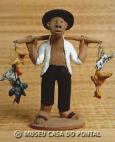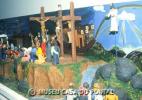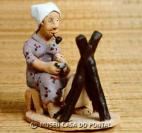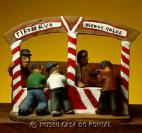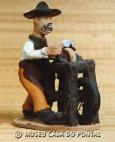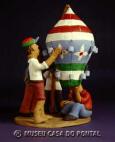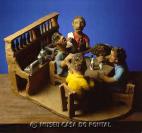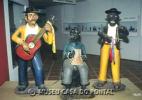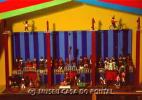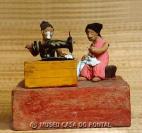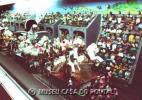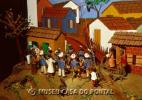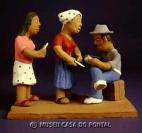NEARBY LOCATIONS
LOCAL ARTISTS
WORKED THEMES
Niterói - RJ
The city of Niterói is part of the metropolitan region of Rio de Janeiro State and approximately 11km from the capital. With an estimated population of 489,720 (IBGE, CNM, 2011), it was considered the city with highest per capita households (FGV, 2011) and one of the highest human development rates in Brazil. Its history is linked to the early days of Portuguese colonisation in Brazilian territory. When Rio de Janeiro became a province, Vila Real de Praia Grande was chosen to be the capital and raised to the category of a city to be called Niterói in 1835. In the early 20th century the urban planning and enhancement of the city was increased, contributing to consolidating Niterói as a major urban centre of Rio de Janeiro State (IBGE, 2011). In this context Adalton Fernandes Lopes (1938-2006) practised his art on the outskirts of Niterói. The artist was practically self-taught and only fully dedicated his time to art after working in several professions and retiring in the 1960s (SAP, 1985). He gave to the everyday life of Niterói an interesting possibility of reading, working, as Mascelani argues (2006:90), “with extensive and varied thematic range: from erotic art to Christian life, including street vendors, courtship, marriage and birth”. So the man portrayed by Adalton is the street, urban and common man emphasised in his many day-to-day tasks. Other features of his work are the huge “contraptions”, such as the Samba School Parade. Adalton and Antonio de Oliveira together have the largest set of works on display in the Casa do Pontal Museum (Frota, 2005; Mascelani, 2006).

